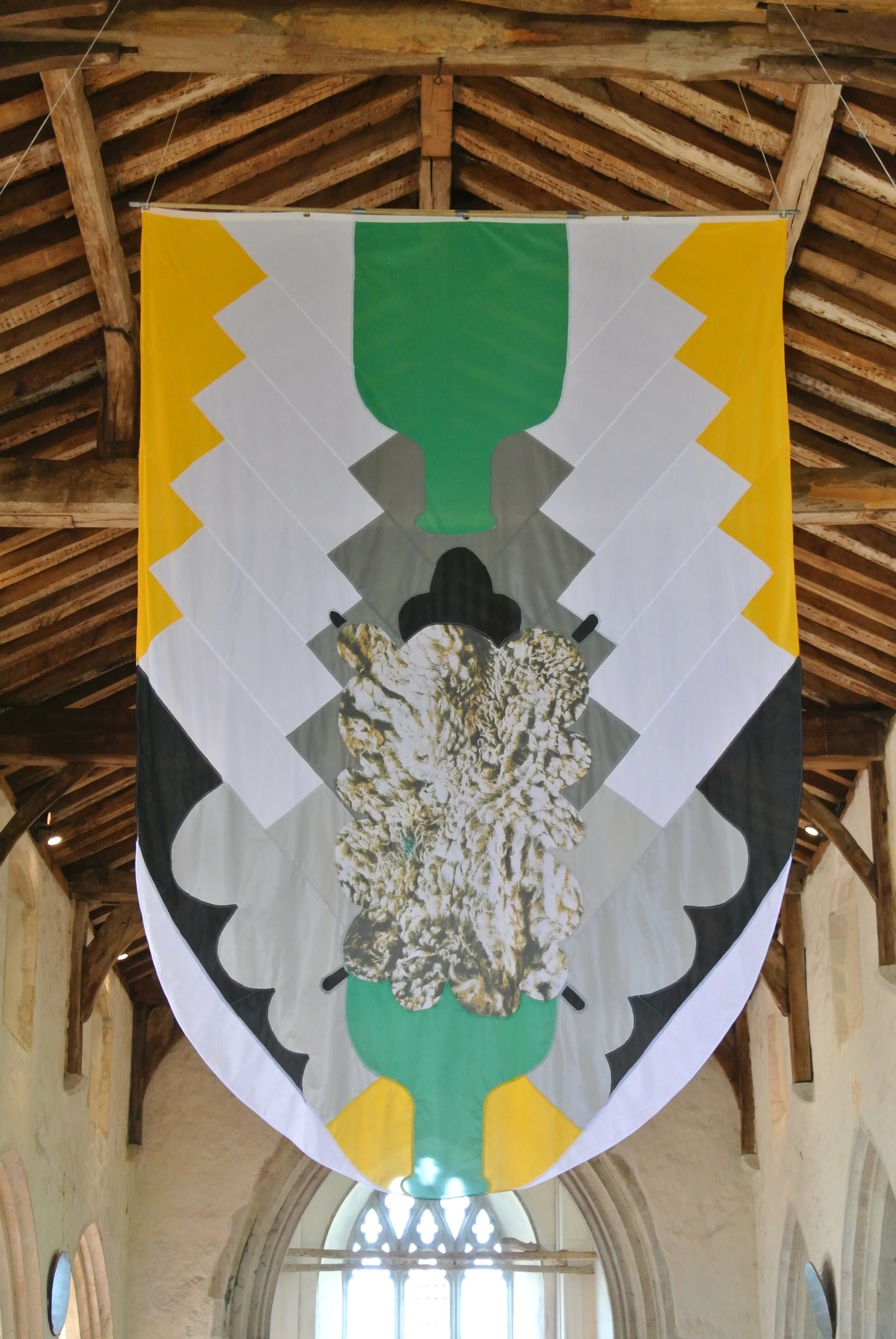Kaori Homma and Sanae Yamada, AiRM 2019
Kaori Homma (b.1962) and Sanae Yamada ( b. 1987) will work collaboratively on the Art in Romney Marsh commission. They will uncover the narratives which are hidden under the beauty of the landscape in Dungeness and explore nuanced depths that go beyond the romanticised notion of wilderness of Romney Marsh.
St George’s Ivychurch
There is evidence that St George’s church dates to the twelfth century. It is called the cathedral of the marsh (on Romney Marsh) because of its impressive size. The nave was cleared of it’s box pews in early 19th C, and offers visitors a great opportunity to look at the roof structure and the newly restored medieval window. The North Aisle contains a museum style collection of agricultural equipment and its flag stones are a reminder of how churches in rural England would regularly be used to store livestock.
Helan Kirwan and Jane Madsen
Helen Kirwan and Jane Madsen
Helen Kirwan’s and Jane Madsen’s AiRM project explores the low-lying Romney Marsh through the concept of layers from above and below creating a multi-faceted moving image installation.
Recent presentations include perpetuum mobile (2019) and Running at the Edge (2018).
Rachel Irons
Rachel Irons (b.1994) for the Art in Romney Marsh commission, Rachel will explore, unsound, listening and auditory phenomena around the environment of Romney Marsh.
The project is taking cues from the sound mirrors at Romney Marsh, early listening disk technology developed to listen out for planes coming over the channel.
Irons project will be exploring the space between theory and fiction and speculation. Working with reverberation not
as dissipating,
but collecting and carrying particles of the past, audio haunting and collection of memories.
Katrin Albrecht
Katrin Albrecht b. in South Germany 1977. Lives and works in Folkestone with her family.For this commission, Katrin will develop her exploration of the symbolism of flags, looking at military fabrics and from cut offs. For the AiRM commission Katrin is looking at the churches’ important role in smuggling activities and will produce a big flag that merges the sacred with the profane. Religious shapes and colours will mingle with forms representing goods that historically have been smuggled on the Marshes.
The flag will be referencing the church window’s shape but turned upside down as storing smuggled goods in churches is like turning sacred space upside down. The colours and patterns will hint at the original and now lost stained glass windows.








